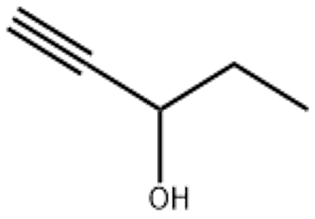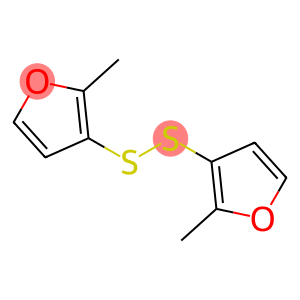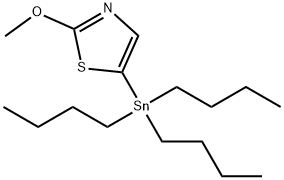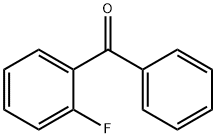Ethyl ethynyl carbinol(CAS# 4187-86-4)
| Hazard Symbols | T – Toxic |
| Risk Codes | R10 – Flammable R23/24/25 – Toxic by inhalation, in contact with skin and if swallowed. |
| Safety Description | S16 – Keep away from sources of ignition. S36/37/39 – Wear suitable protective clothing, gloves and eye/face protection. S45 – In case of accident or if you feel unwell, seek medical advice immediately (show the label whenever possible.) |
| UN IDs | UN 1986 3/PG 3 |
| WGK Germany | 3 |
| RTECS | SC4758500 |
| HS Code | 29052900 |
| Hazard Class | 3 |
| Packing Group | III |
Introduction
Ethyl ethynyl carbinol(Ethyl ethynyl carbinol) is an organic compound with the chemical formula C6H10O. It is obtained by adding a hydroxyl group (OH group) to a pentyne. Its physical properties are as follows:
Ethyl ethynyl carbinol is a colorless liquid with a pungent odor. It is soluble in water and many organic solvents such as alcohols, ethers and esters. It has a lower density, is lighter than water, and has a higher boiling point.
Ethyl ethynyl carbinol have certain uses in organic synthesis. It can be used as a starting material and intermediate in organic synthesis, and is often used in the preparation of carbonyl-containing compounds. It can participate in alkyd esterification, olefin addition, saturated hydrocarbon carbonylation reaction. In addition, 1-pentyn-3-ol can also be used in the synthesis of dyes and drugs.
The method for preparing Ethyl ethynyl carbinol can be carried out by the following steps: first, pentyne and sodium hydroxide (NaOH) are reacted in ethanol to produce 1-pentyn-3-ol sodium salt; then, 1-pentyn-3-ol sodium salt is converted into Ethyl ethynyl carbinol salt by acidification reaction.
When using and handling Ethyl ethynyl carbinol, you need to pay attention to the following safety information: It is irritating and may cause irritation and injury to the skin and eyes, so you should wear appropriate personal protective equipment, such as gloves and goggles. In addition, it is flammable and should be avoided from contact with open flames or high temperature sources, and stored properly. Any further handling or storage associated with the compound should be carried out in accordance with safe operating procedures.








